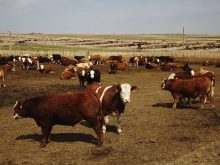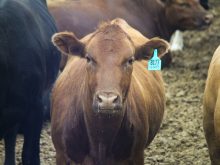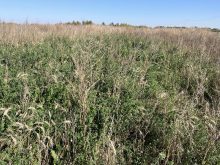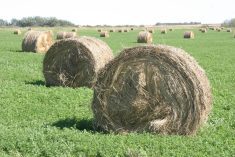BANFF, Alta. – Canada’s success as one of the world’s leading pork exporters could evaporate without a reliable traceback system.
Traceability in the event of a disease or other food safety hazard is the key to maintaining Canada’s position in world market, said Dennis McKerracher, a director with Alberta Pork and a member of the national identification committee.
“There are no guarantees but the alternative is shrinking the industry by 50 percent to be a domestic supplier only of pork,” he said at the Banff pork seminar.
Read Also
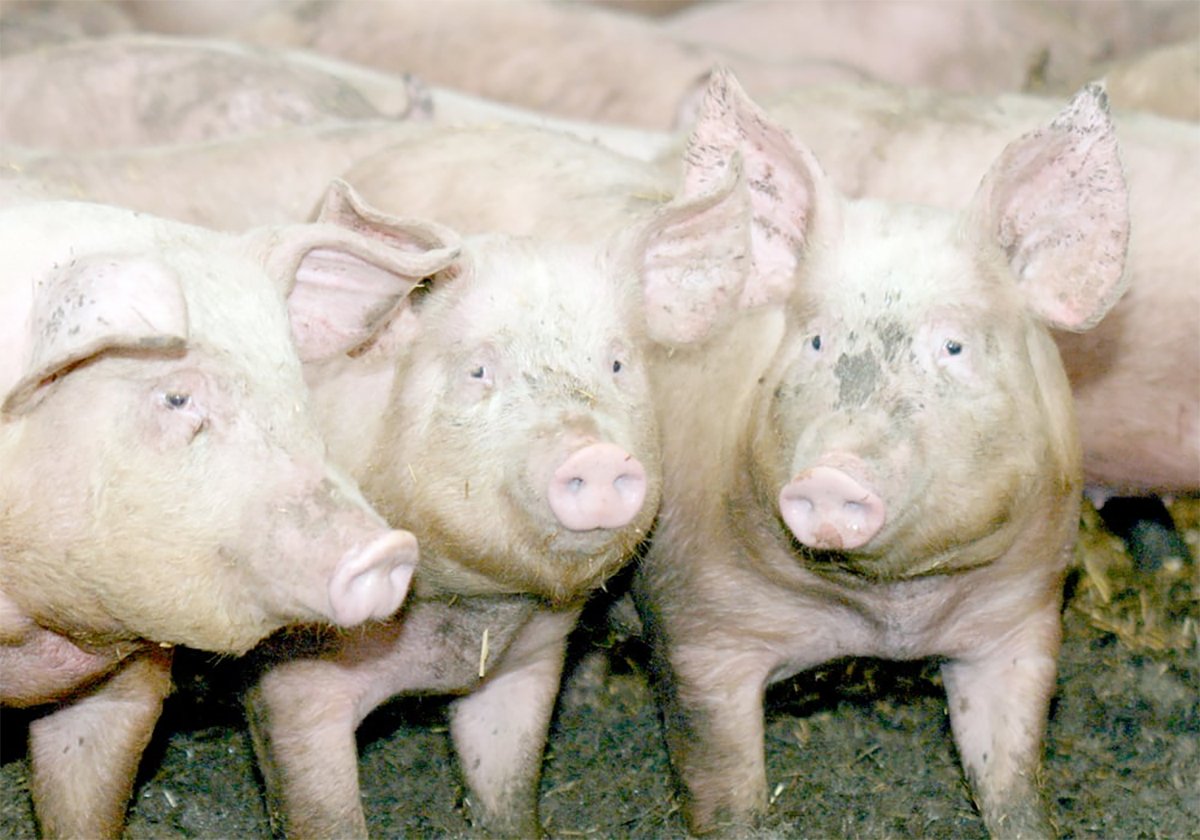
The Western Producer Livestock Report – November 13, 2025
Western Producer Livestock Report for November 13, 2025. See U.S. & Canadian hog prices, Canadian bison & lamb market data and sales insights.
In 2002, Canada marketed about 28 million hogs worth $4.4 billion. The discovery of BSE has made Canada vulnerable on the world stage.
Food traceability has been set as a priority by a national round table representing a cross section of commodity groups. As a member of the round table, the Canadian Pork Council has been developing a national identification system since 2002.
“BSE has just furthered our resolve to develop a national plan,” he said.
The objective is to reduce response time in disease investigations so infection sources are detected within 48 hours.
While the identification committee is looking at everything from ear tags to tattoos on individual pigs, another proposal suggests every livestock operation in the country be mapped using geopositioning.
Ontario started georeferences two years ago, so the province knows the location of all farms, buildings and animals.
A national plan is under way to develop a template for this.
Some criticize it as government intrusion but others argue it is for the protection of all farms.
“They have no right to put my farm in jeopardy,” said McKerracher who farms near High River, Alta.
Another avenue of protection is to split the country in half at West Hawk Lake, Man., near the Ontario border.
This would cut Canada into two health zones so when a disease happens on one side, the other may continue trading.
“Zoning is enabled by national ID,” said John Keller, an epidemiologist from the Canadian Food Inspection Agency.
When a disease crisis strikes, animal and human health officials need to know what it is, how to deal with it, where it came from and who is affected. The CFIA also needs to know all herd locations in case quarantines must be implemented.
The Canadian Consumers Association has requested traceback since 1987.
With the emergence of diseases like SARS, bird influenza, BSE or foot-and-mouth, producers must take the first step with proper records and identification.
The beef and dairy sectors were the first to adopt individual identification. With the discovery of BSE, the industry realized it should have had a better system long before the events of May 20, 2003.
“If the CCIA program looks like an overnight success, it is not. It took a quarter of a century of industry working together,” Keller said.
The CFIA sees no conflict among technologies because it uses everything at its disposal for detective work including ear tags, farm records and DNA.
“Together they are extremely powerful,” he said.




